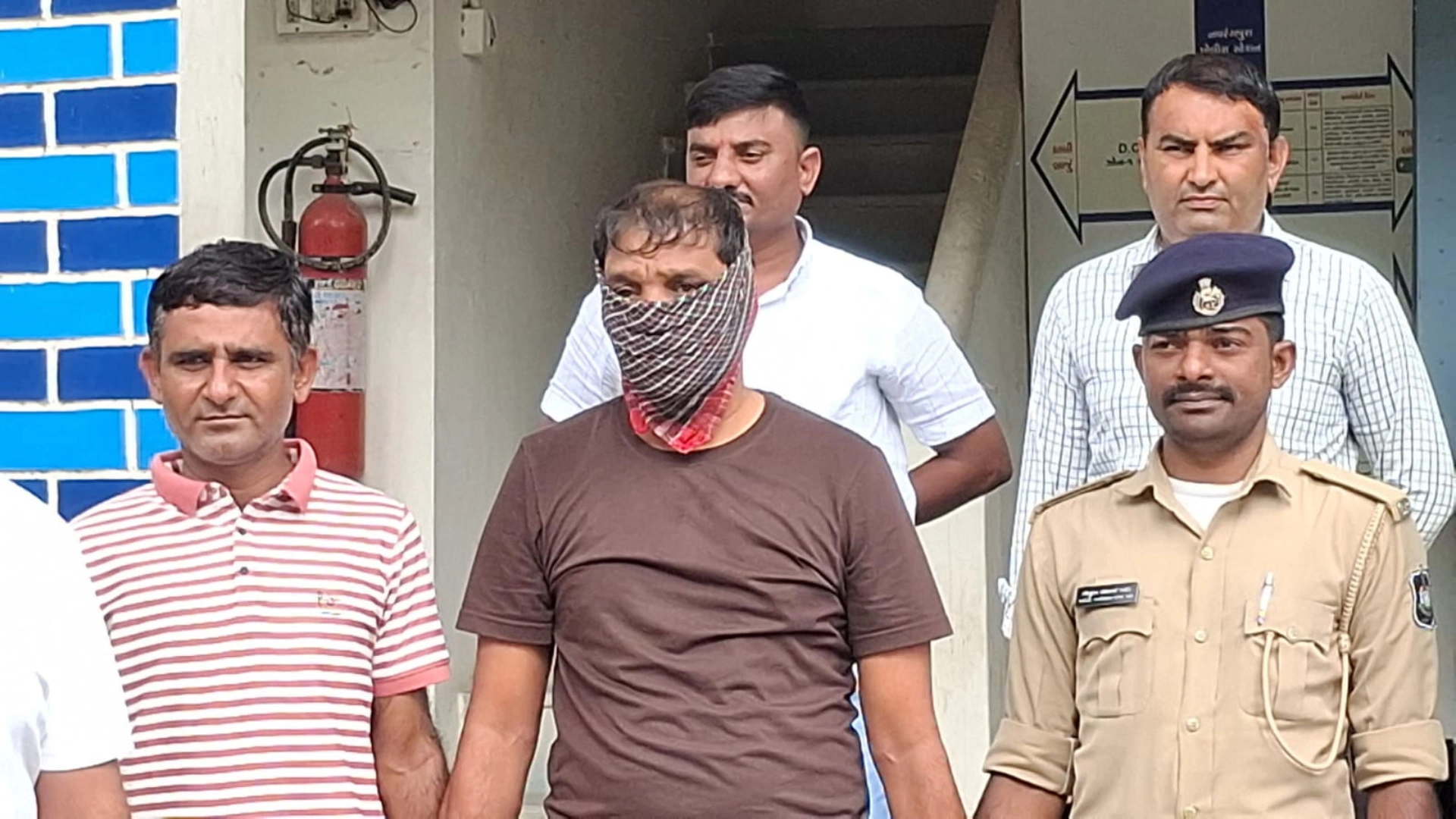
The State Bank of India (SBI), one of India’s oldest and most trusted banking institutions, has a long and fascinating history in the country’s capital, Delhi. This article takes you through the story of the oldest SBI branch in Delhi, located at 11, Sansad Marg, and its journey from colonial times to the modern era.
A Glimpse Into History
The origins of this historic branch date back to 1806 when it was established under the name “Bank of Calcutta” by the British East India Company. Over the years, it transformed into the State Bank of India in 1955 during a landmark banking reform. Today, this branch holds the distinction of being not only the oldest SBI branch in Delhi but also one of the largest in India.

Located in what was once the bustling center of British India, this branch played a key role in supporting trade and commerce during colonial times. It is a symbol of India’s financial history and has witnessed crucial moments that shaped the country’s future.
The Heritage Building
The branch building is an architectural marvel that still stands tall after more than a century. Its colonial-style design, with features like 80-foot-high Corinthian columns, intricately designed interiors, arched doorways, and a balustrade terrace, evokes the grandeur of a bygone era. Visitors stepping into the branch feel transported to the colonial period, thanks to its old-world charm and historical ambiance.

The building also houses a mini-museum in the reception area, which displays interesting artifacts and lesser-known facts about the branch’s rich history.
A Turbulent Past
This historic building holds stories of triumph and tragedy. Originally owned by a British man named Dyce Sombre, it later came under the ownership of Indian businessmen. During the Anglo-Indian War of 1857, the building faced turbulent times, including the tragic death of the bank manager George Beresford, his wife, and five daughters during the siege of Delhi.

Despite the hardships, the branch survived and continued to serve the people. Over the years, it underwent several renovations to preserve its legacy.
Restoration and Preservation
In 2002, the branch was declared a heritage building, and extensive restoration work began. The goal was to retain the building’s historical character while updating its interior for modern banking needs.
During the restoration:
- Faded sandstone on the plinth was reconstructed.
- Old English lifts and wrought iron railings were restored to their original state.
- Lime plaster, which had been replaced by cement plaster over the years, was removed and reconstructed to maintain the building’s original look.
- Wooden windows replaced concrete screens, restoring the building’s classical European-style elements.
An Enduring Legacy
The oldest SBI branch in Delhi is more than just a place for financial transactions. It is a living testament to India’s banking history and heritage. This iconic branch, with its blend of historical significance, architectural beauty, and modern functionality, continues to serve customers while preserving its rich legacy.
For the people of Delhi, this branch is not just a bank but a part of the city’s history—a bridge between the past and the future. As it moves forward, it remains a proud symbol of the trust, reliability, and excellence that the State Bank of India represents.
